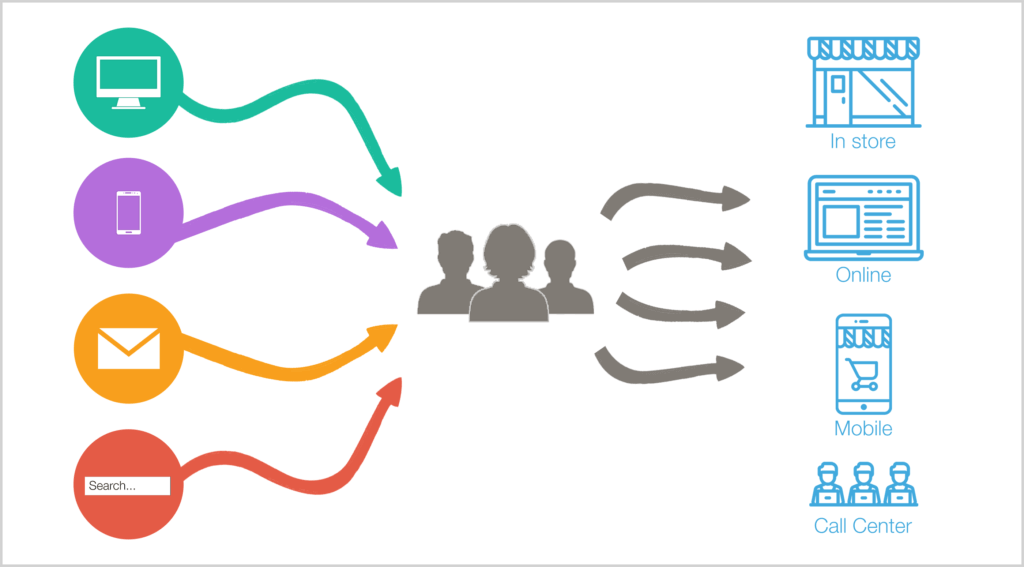
With the constantly increasing number of channels and platforms where brands can engage with their audience, the discussion about attribution becomes more and more prominent. Users are more savvy and willing to research the market to make sure they get the best rate for their next hotel stay. They use a number of devices and visit a number of channels before clicking the “BOOK” button.
Brands, on the other hand, make an effort to be present at all the touchpoints throughout the user journey. This inevitably raises the questions, ‘which of my campaigns are the most effective?’ and ‘where should I invest more?’.
Attribution helps us find the answers.
Google products currently offer a number of attribution models, including Last Click, First Click, Linear, Position Based, Time Decay and Data Driven. Many brands are most comfortable with using Last Click attribution to measure their online activity. Why? Because it is simple. Last Click indicates the last interaction, which resulted in a conversion. In other words, it gives all the credit to the last clicked ad and the last keyword, which led to a conversion.
However, with the changes in consumer behaviour, this attribution model is no longer sufficient. Even Google’s Managing Director of the Travel Sector, Rob Torres, recently commented at Skift Forum Europe that “…you can’t just look at things on a last click analysis anymore”.
INACCURATE DIGITAL MARKETING ACTIVITY RESULTS
With progress in technology and users becoming more comfortable with shopping around, the typical conversion path gradually becomes more complex and difficult to measure. Users are searching for several different keywords, on many different devices and during that journey, they interact with a number of channels, networks and campaign types.
Indeed, a 2016 study from Google suggested that a user may have anywhere up to 700+ digital touchpoints when booking travel, over the course of 5 months.




